1. Mount Everest and the Yeti
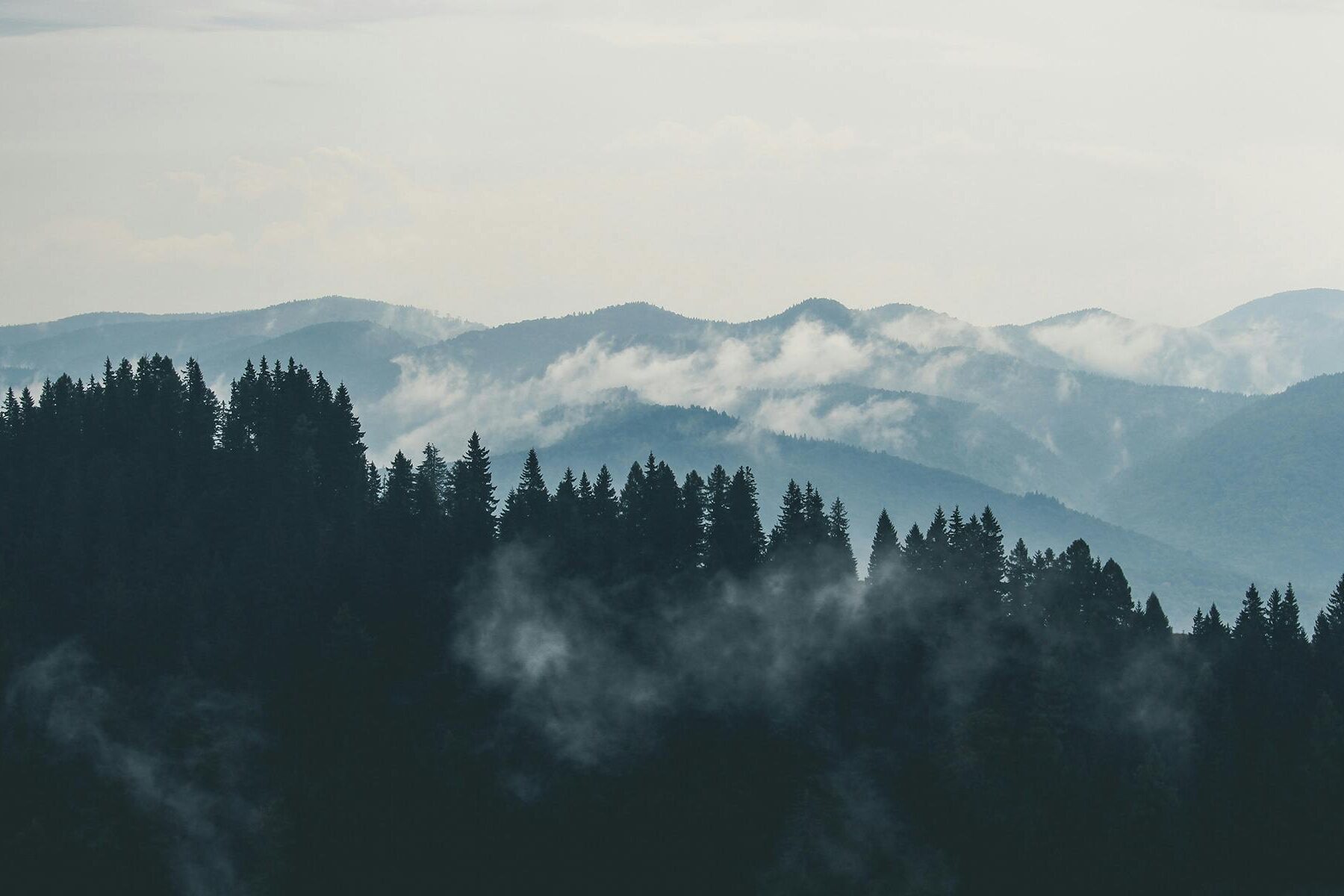
For as long as explorers have braved Mount Everest, locals have spoken about the Yeti, a towering ape-like creature said to roam the icy slopes. Sherpas share chilling tales of footprints too large to be human, often spotted in remote areas where no one dares to linger. Climbers claim to have heard strange howls echoing through the valleys, leaving them shaken long after. While scientists dismiss these as myths or misidentified animals, the Yeti legend remains deeply tied to Everest’s mystique.
Even today, you’ll find shrines in villages at the mountain’s base, dedicated to protecting travelers from the creature. Some believe the Yeti is more spirit than beast, a guardian of sacred places that punishes those who show disrespect. Whether a misunderstood bear or something otherworldly, its presence has kept adventurers second-guessing. The mystery only adds to Everest’s already formidable reputation.
2. Mount Fuji and the Goddess Konohanasakuya-hime
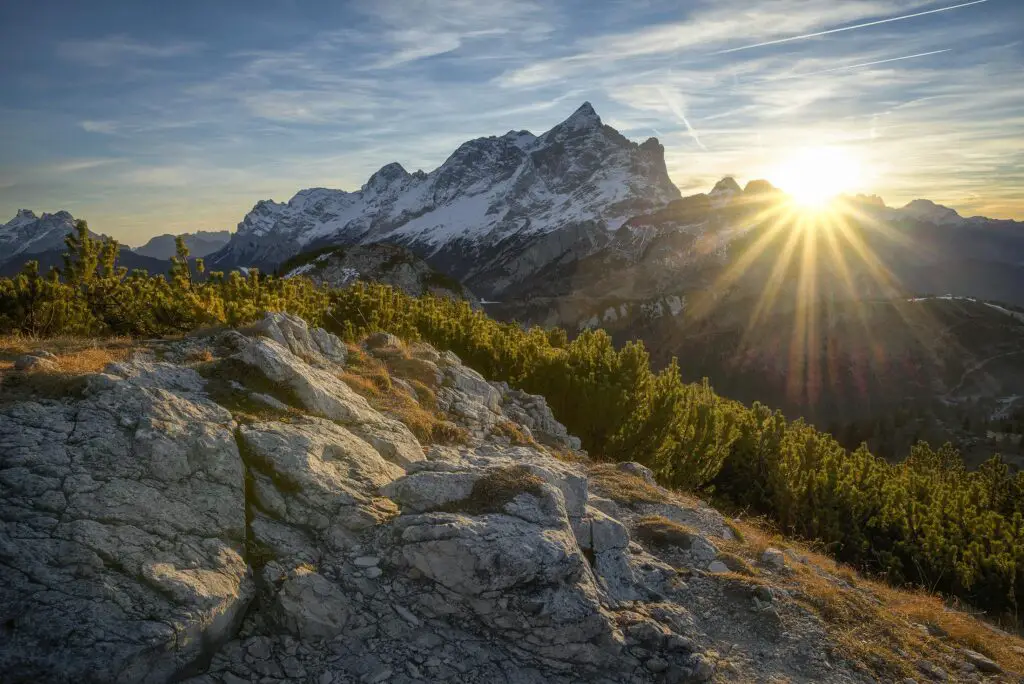
Japan’s Mount Fuji is not just a postcard-perfect peak, it’s believed to be the dwelling of Konohanasakuya-hime, the blossom princess. According to legend, she controls the mountain’s volcanic eruptions, releasing fiery rage when dishonored. Pilgrims have long trekked up its slopes not just for the view but to pay respect to her, leaving offerings at shrines. The idea is simple: keep the goddess pleased, and she’ll keep Fuji calm.
But Fuji’s eruptions throughout history have reinforced the fear behind the story. Locals whispered that disrespect toward sacred traditions risked inviting disaster. The mountain isn’t just a natural wonder—it’s a spiritual force with a personality and temper of its own. That belief still lingers in Japanese culture, shaping how people approach Fuji with awe and reverence.
3. Mount Shasta and the Lemurians
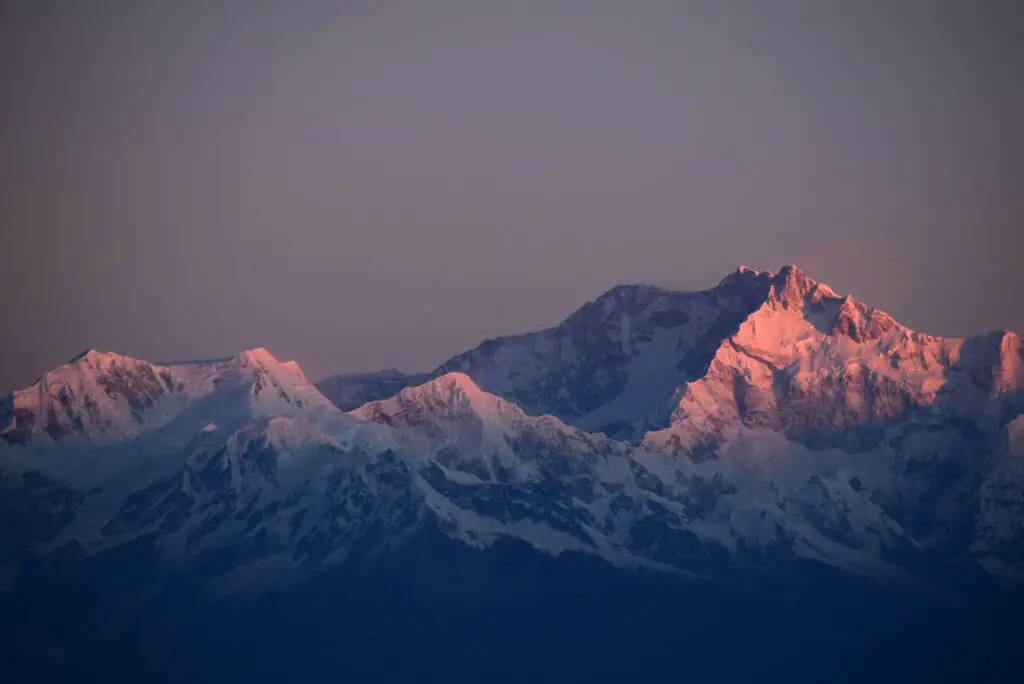
In Northern California, Mount Shasta has inspired some of the strangest mountain legends in America. Locals and spiritual seekers claim it’s home to Lemurians, survivors of a sunken continent who live in hidden tunnels inside the mountain. The stories describe them as tall, robed beings with glowing eyes who sometimes emerge to offer wisdom. Over the years, hikers have reported seeing strange lights and even entire “cities” shimmering like mirages on the slopes.
While skeptics laugh these off, the myths continue to thrive in New Age circles. People flock to Shasta not just for the scenery but for spiritual retreats, convinced the mountain has powerful energy. Whether it’s underground civilizations or mystical portals, the legends give Shasta a reputation that’s half sacred, half eerie. Few peaks in the U.S. carry such otherworldly mystery.
4. The Andes and the Apu Spirits
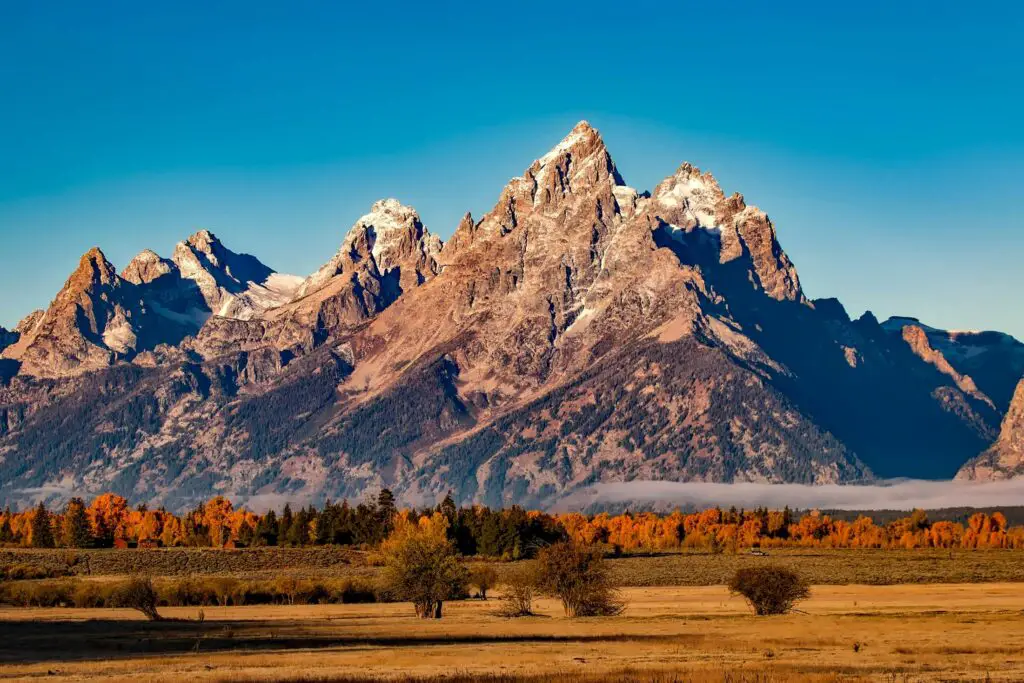
High in the Andes, people still speak of the Apus, powerful mountain spirits who guard the land. These deities are believed to control the weather, fertility, and health of nearby communities. Villagers bring offerings—often coca leaves or chicha beer—to ensure safe passage across the rugged terrain. Ignoring the Apus, the legends say, could bring storms or illness.
Even modern hikers who learn the stories feel a twinge of caution when storms suddenly sweep through. The peaks seem alive, their jagged faces watching every step. The Apus are not just a cultural relic, they remain an active part of Andean identity. To locals, the mountains aren’t just stone and snow—they’re living beings with moods of their own.
5. Mount Kailash and the Stairway to Heaven
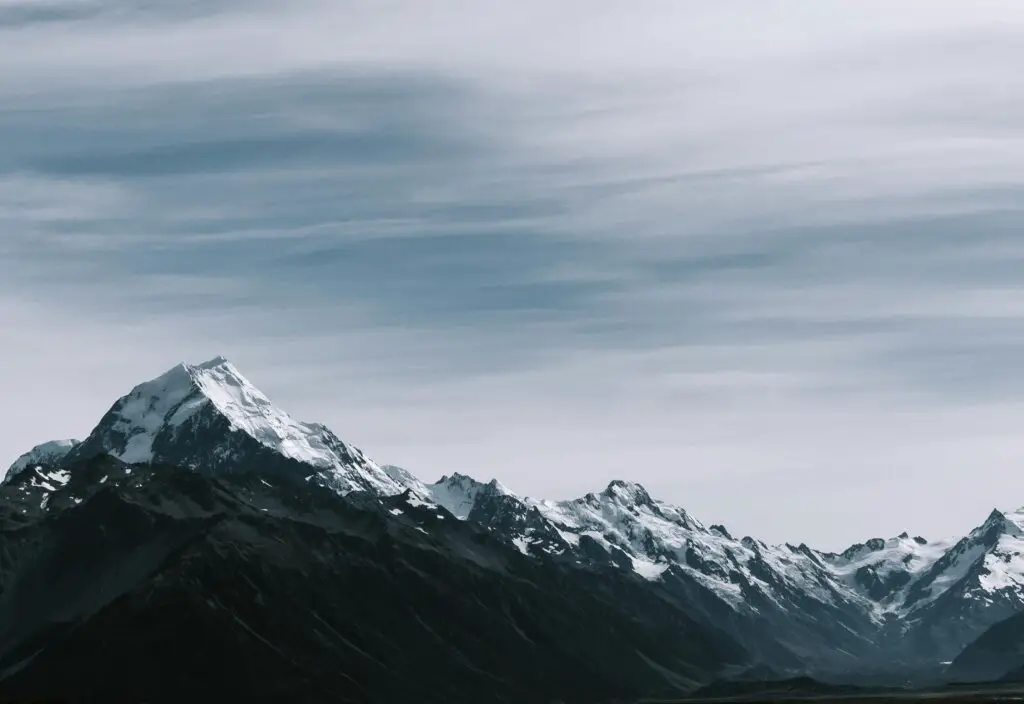
Mount Kailash in Tibet is one of the most sacred peaks in the world, considered the center of the universe in Hindu, Buddhist, and Jain traditions. Legend says it’s the home of Lord Shiva, and that climbing it would be an act of blasphemy. Pilgrims circle the base instead, believing that one full walk erases the sins of a lifetime. The peak itself has never been summited, and perhaps never will be.
Strange tales add to its mystery. Some travelers report losing track of time while near the mountain, or experiencing vivid visions. Scientists can’t explain the odd magnetic pull reported in the area, but believers say it’s the energy of the gods. To this day, Kailash remains a peak that demands respect and distance, unlike any other on earth.
6. The Bavarian Alps and the Wild Hunt
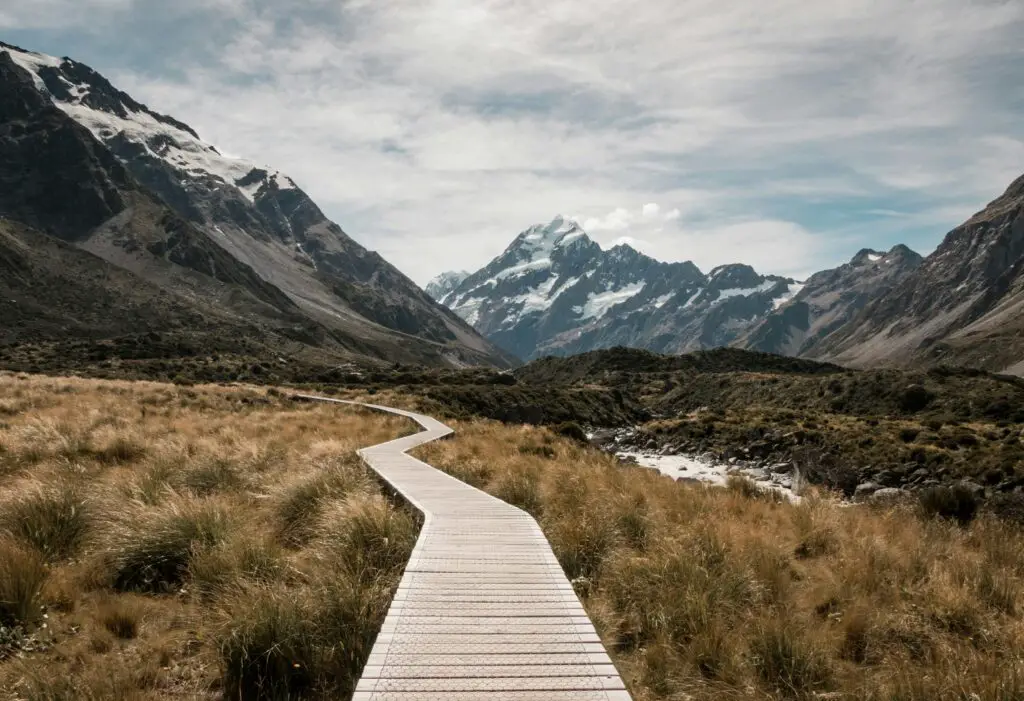
In Germany’s Bavarian Alps, people used to fear the Wild Hunt, a ghostly procession that swept through the mountains at night. The legend warned that hunters, dogs, and lost souls roamed the skies, chasing down anyone foolish enough to wander after dark. Locals would shut themselves indoors, terrified of being swept away by the spectral riders.
Hikers today might not worry about phantoms, but storms in the Alps arrive with sudden fury that makes the legend eerily believable. The howling wind across the ridges can sound unnervingly like baying hounds. Even without ghosts, the tale reminds you that the mountains demand caution. The line between folklore and survival is thin up there.
7. Mount Kinabalu and the Spirits of the Dead
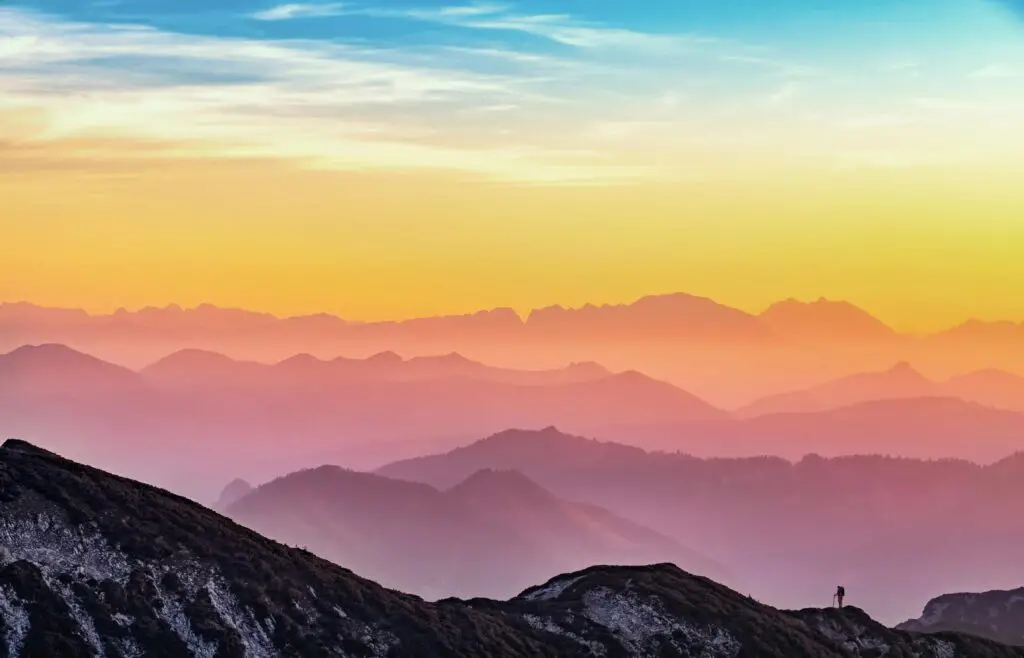
On the island of Borneo, Mount Kinabalu is seen as a resting place for ancestral spirits. Villagers once performed rituals at the base before attempting climbs, asking permission from the dead. Legends tell of misfortune striking anyone who disrespects the spirits or the sacred ground.
In recent years, tourists who ignored customs have stirred controversy, even linked by locals to natural disasters. Earthquakes and landslides that followed disrespectful acts were viewed as direct retaliation from the spirits. Whether coincidence or curse, the idea continues to shape how people treat the mountain. To many, Kinabalu is less a destination than a sacred graveyard in the clouds.
8. The Appalachian Mountains and the Brown Mountain Lights
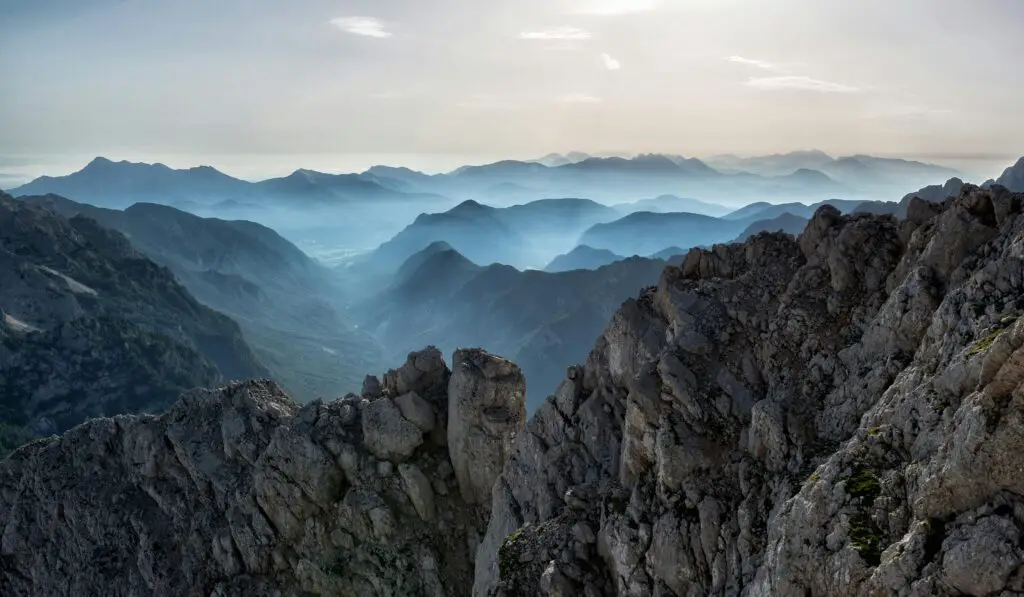
The Appalachian Mountains hold a modern mystery in the Brown Mountain Lights of North Carolina. For centuries, people have reported strange glowing orbs drifting across the ridges. Early settlers thought they were ghostly lanterns, carried by the spirits of lost travelers or slain Native Americans. Scientists suggest swamp gas or headlights, but the sightings started long before cars existed.
The lights still appear, baffling visitors and delighting believers. Some gather on overlooks specifically to watch, hoping for a glimpse of the eerie glow. The folklore continues to grow, blending science, mystery, and a good dose of Appalachian storytelling. No matter the explanation, the mountains feel just a little spookier because of them.
9. Mount Olympus and the Wrath of the Gods
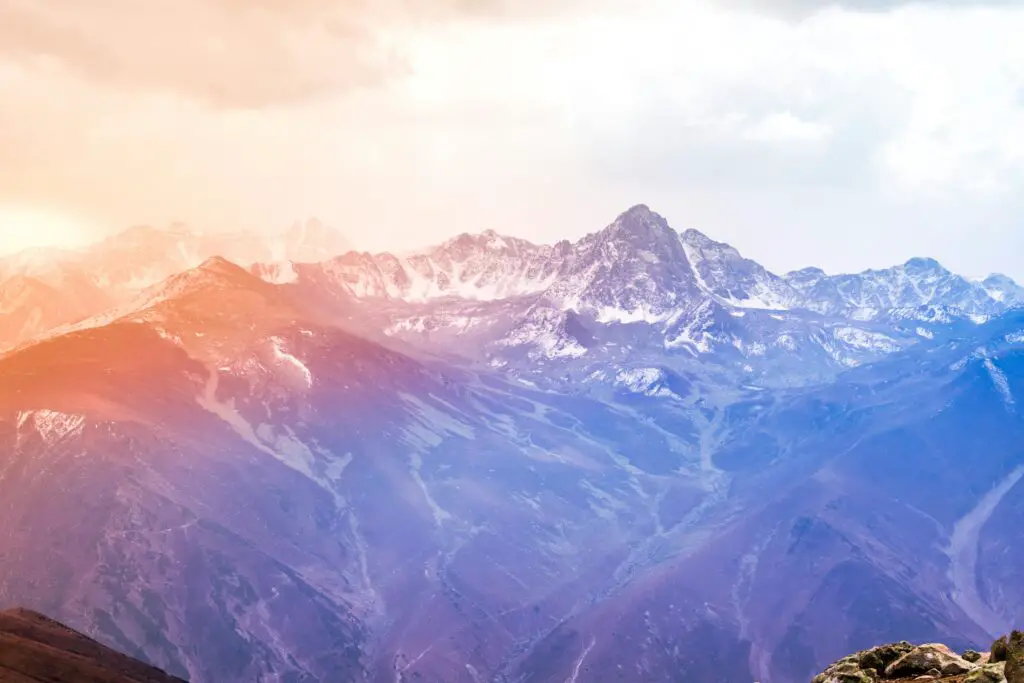
Mount Olympus in Greece isn’t just a myth—it was once thought to be the very home of the gods. Ancient Greeks believed Zeus and his family watched over humanity from its snowy peaks. Legends warned of dire consequences for mortals who tried to climb too high, intruding on divine ground.
Even now, climbing Olympus has a sense of danger and awe. Clouds gather quickly, cloaking the mountain in sudden storms that make you feel unwelcome. It’s easy to see how people once imagined angry gods striking down intruders. The mountain’s grandeur still carries the weight of legend, even if no lightning bolts come flying down.
10. The Scottish Highlands and the Big Grey Man
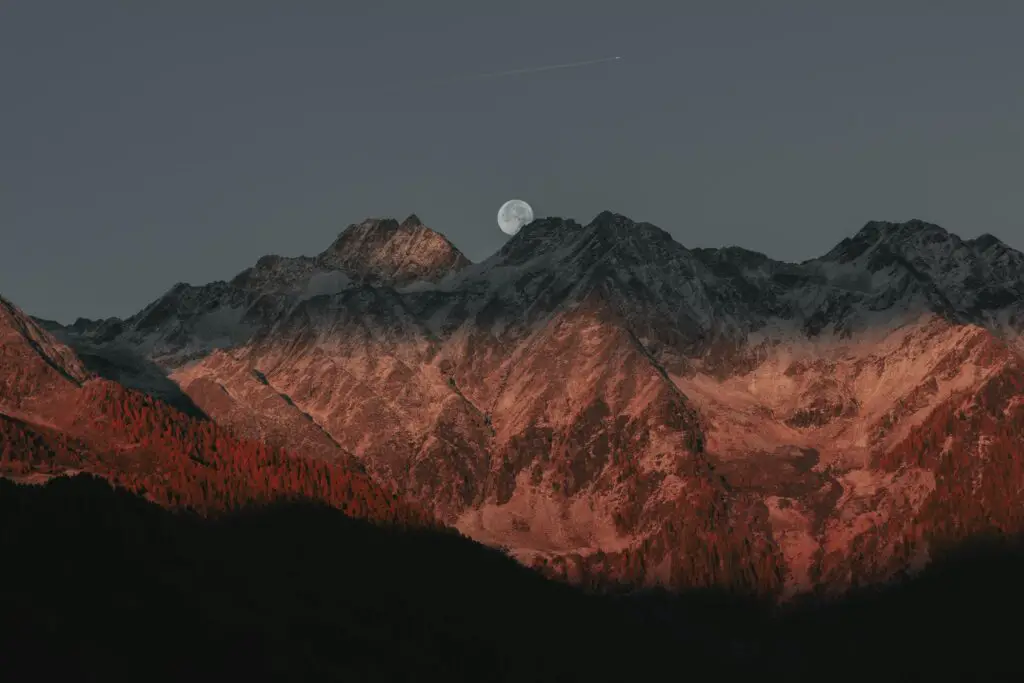
Ben Macdui, the second-highest mountain in Scotland, has its own ghostly guardian known as the Big Grey Man. Hikers report hearing footsteps behind them, only to find no one there. Some describe overwhelming dread or the sense of being stalked by a tall, shadowy figure.
While skeptics blame fatigue or mountain fog, the stories keep piling up. Climbers admit that even knowing the legend, it’s impossible not to glance over your shoulder on the lonely slopes. The Highlands are already dramatic and haunting, but the Grey Man makes them downright chilling. His presence turns a tough hike into something unforgettable.
11. Mount Taranaki and the Lonely Mountain Spirit
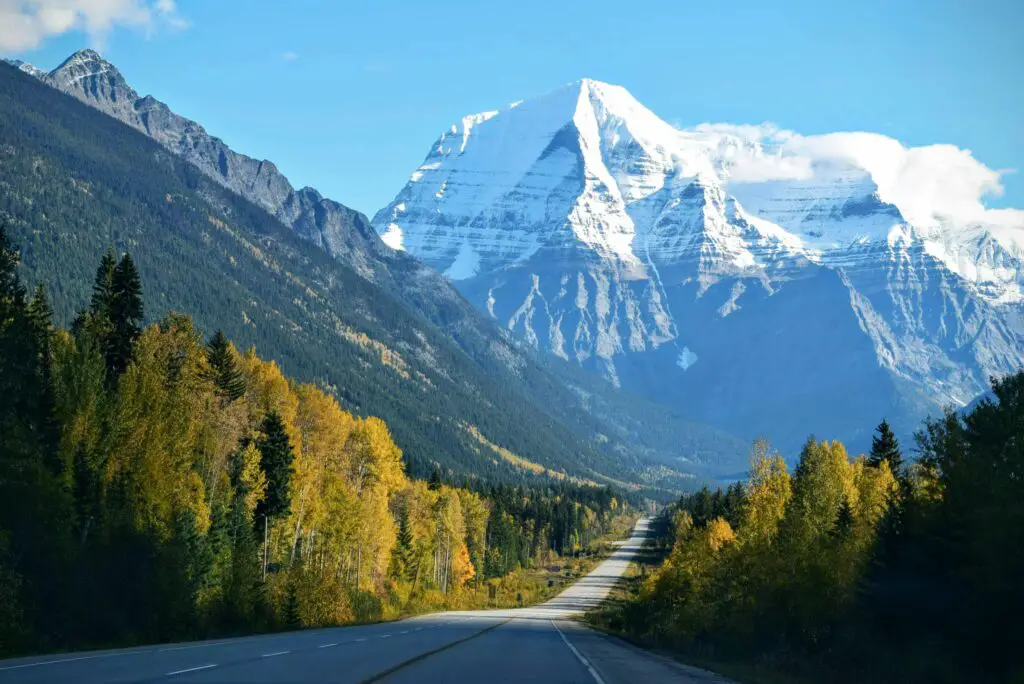
In New Zealand, Mount Taranaki is wrapped in legend about a love triangle among mountains. The story says Taranaki once lived near Mount Tongariro and Mount Ruapehu but quarreled over the affection of Mount Pihanga. Defeated, Taranaki fled west, leaving the flat plains in his wake. His isolation on the coast is seen as a symbol of heartbreak.
Locals warn that bad weather often sweeps in when clouds cover Taranaki, as though his sadness affects the skies. Visitors are reminded of the legend when they see the mountain standing alone, far from the others. The story blends geography and emotion, making the landscape feel alive with sorrow. It’s a tale that lingers in every rainstorm on the mountain.
12. The Carpathians and the Vampire Lore
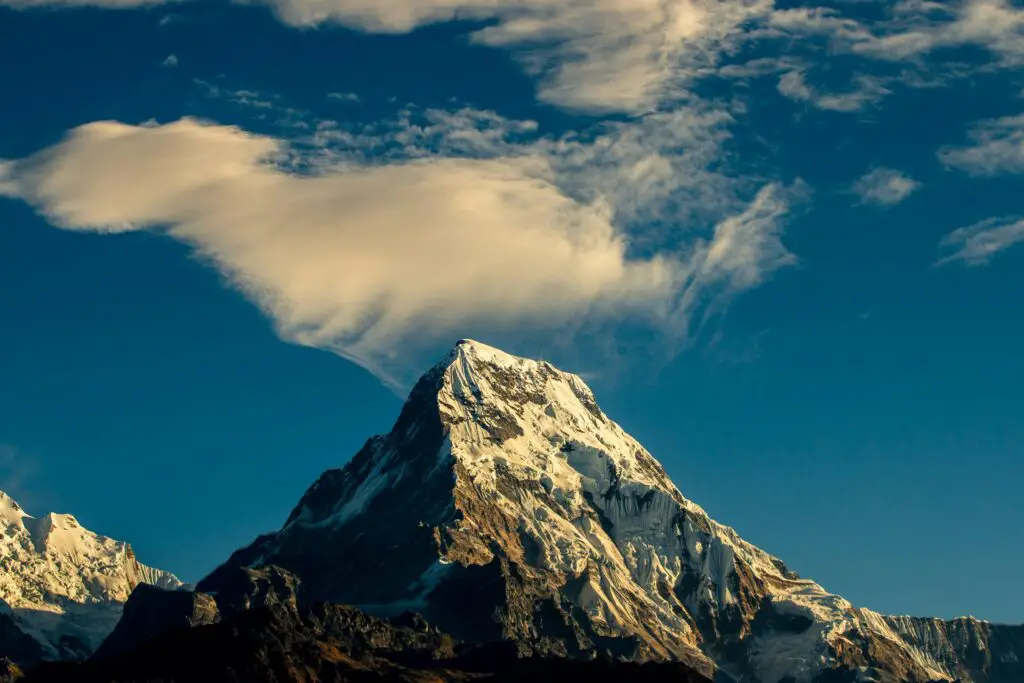
The Carpathian Mountains of Eastern Europe are infamous for their connection to vampire legends. Stories of blood-drinking spirits and undead lords wandering the forests have circulated for centuries. Villagers once carried garlic, crosses, or sharpened stakes when traveling the dark passes.
These tales later inspired Bram Stoker’s Dracula, giving the mountains global fame. But for locals, the fear was real long before novels and movies. Isolated villages whispered about family members rising from their graves to haunt the living. The Carpathians’ foggy peaks and shadowy forests still hold that eerie energy, making you wonder what might be watching.
